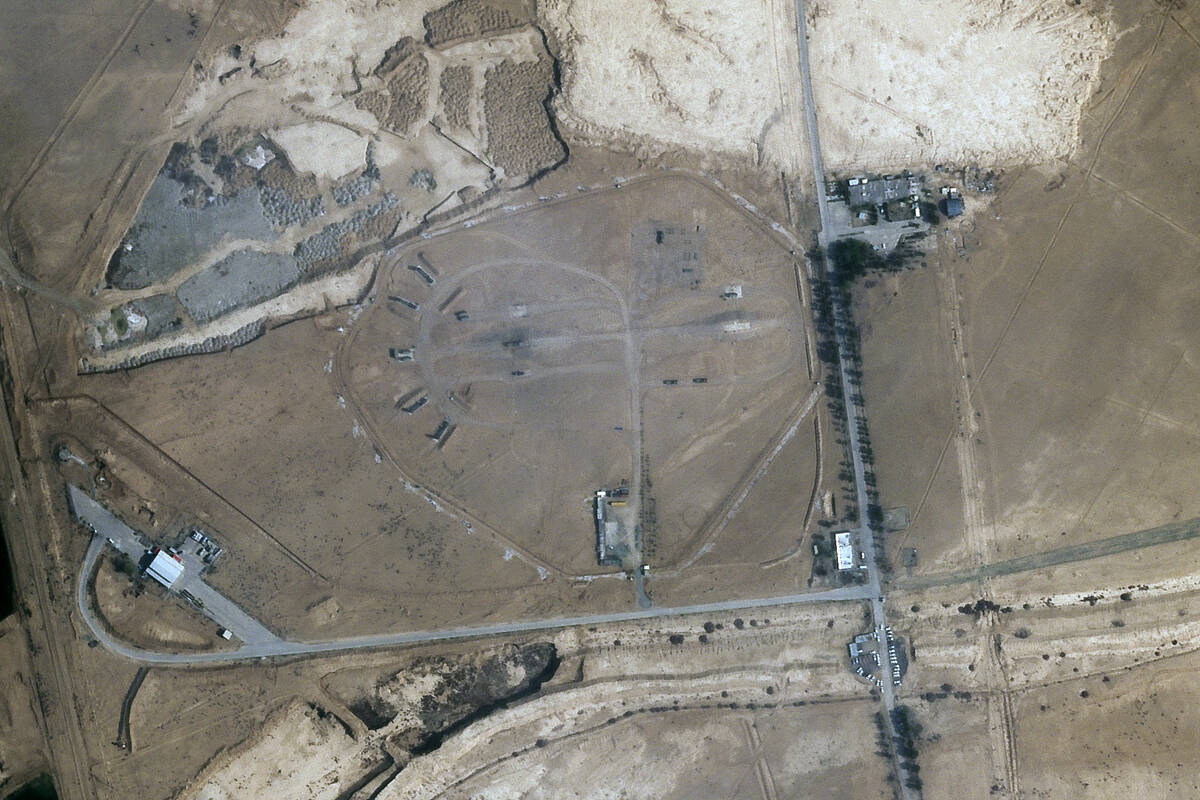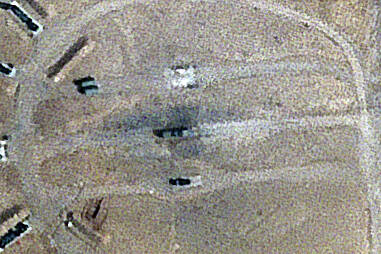Iran air defense radar struck in Isfahan during apparent Israeli attack, photos suggest
JERUSALEM — Satellite photos taken Monday suggest an apparent Israeli retaliatory strike targeting Iran’s central city of Isfahan hit a radar system for a Russian-made air defense battery, contradicting repeated denials by officials in Tehran of any damage in the assault.
The strike on an S-300 radar in what appears to have been a very limited strike by the Israelis would represent far more damage done than in the massive drone-and-missile attack Iran unleashed against Israel on April 13. That may be why Iranian officials up to Supreme Leader Ayatollah Ali Khamenei have been trying to dismiss discussing what the attack actually did on Iranian soil. Iran has long vowed to destroy Israel.
Analysts believe both Iran and Israel, regional archrivals locked in a shadow war for years, now are trying to dial back tensions following a series of escalatory attacks between them as the Israel-Hamas war in the Gaza Strip still rages and inflames the wider region. But a strike on the most advanced air defense system Iran possesses and uses to protect its nuclear sites sends a message, experts say.
“This strike shows Israel has the ability to penetrate Iran’s air defense systems,” said Nicole Grajewski, a fellow at the Carnegie Endowment’s nuclear policy program who wrote a forthcoming book on Russia and Iran. “The precision of it was quite remarkable.”
The satellite images by Planet Labs PBC taken Monday morning near Isfahan’s dual-use airport and air base, some 200 miles south of Tehran, showed an area nearby that served as a deployment point for the air defense system. Burn marks sit around what analysts including Chris Biggers, a consultant former government imagery analyst, previously had identified as a “flap-lid” radar system used for the S-300.
Less-detailed satellite images taken after Friday showed similar burn marks around the area, though it wasn’t clear what was at the site. Biggers said other components of the missile system appeared to have been removed from the site — even though they provide defensive cover for Iran’s underground Natanz nuclear enrichment facility.
“That’s a powerful statement, given the system, the location, and how they use it,” Biggers wrote.
























